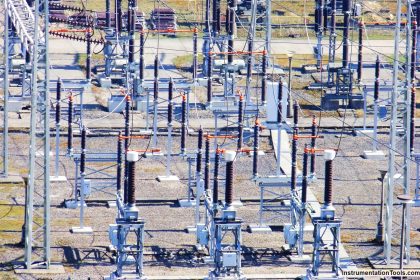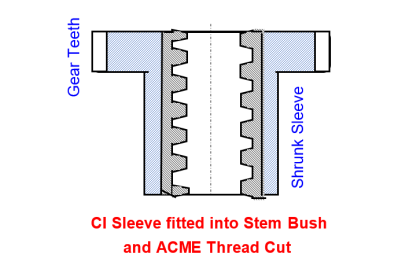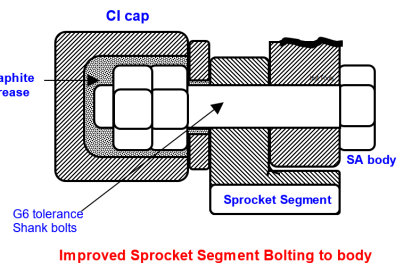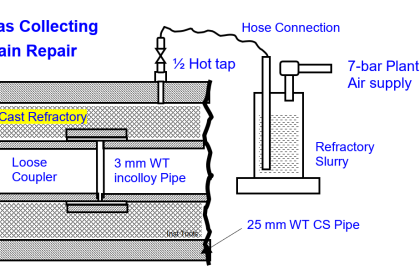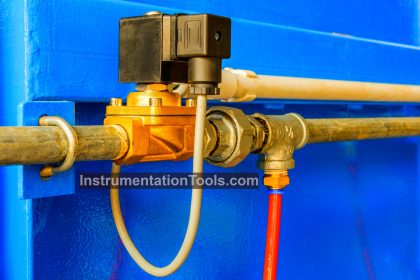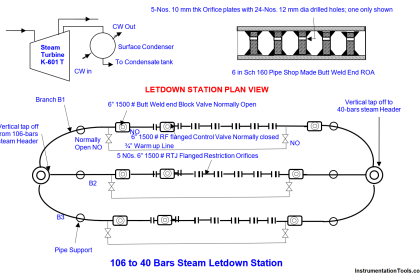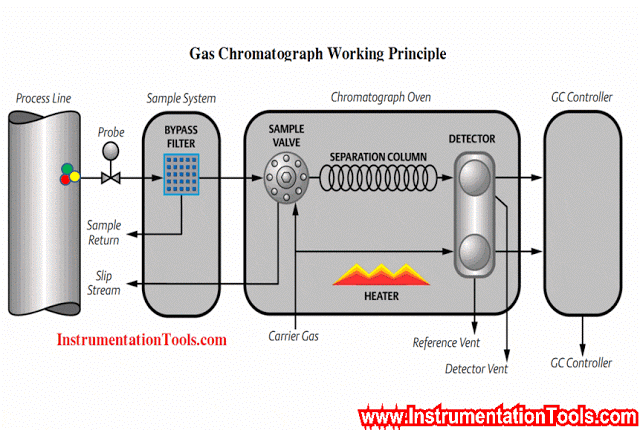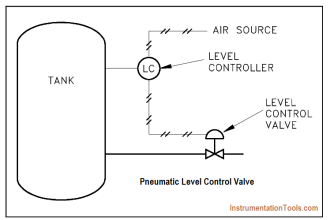Sledge open/close too hard to operate and too soon leaking plug valves pose safety hazards, disable maintenance pump changeovers and lead to consequent total plant shutdowns often.
| Article Type: | Root Cause Analysis (RCA) |
| Category: | Mechanical |
| Equipment Type: | Pipelines and Miscellaneous Problems |
| Author: | S. Raghava Chari |
Note: This root cause analysis (RCA) is from real-time scenarios that happened in industries during the tenure of two or three decades ago. These articles will help you to improve your troubleshooting skills and knowledge.
Leaking Plug Valves Problem
Operators sledging 220-bar liquid NH3 pipeline valves handle to open/close scared the author – instrument engineer then:
Sledging non-proficient operators mistakenly hitting and breaking the close by very small size gland sealant nipple and breaking it is easy.
Resulting uncontrolled enormous quantities 220‑bars extremely pungent liquid ammonia spills could force total plant, may even the village evacuation.
His reporting it to the then Maintenance Manager got him the task of finding a solution!
Author RCA queries (Q) and answers (A)
Author RCA queries (Q) and answers (A) are:
Q: Why sledge open/close?
R: The ¼ – turn metal to metal contacting plug valve requires very tight sliding fits and hence to high operating torques to open and close even at zero differential pressures across the plugs
Q: How do new valves operate easily?
R: The crew and supervisor had no answer. The valve instruction manual said, the factory applies a propriety ‘lo-mu’ coating on the finished plug and valve body mating bore. The author guessed 1 maybe the no lubricity liquid ammonia lubricated hard sliding removes the ‘lo-mu’ coating in few uses.
2 Small % highly corrosive ammonium carbomate in the recycled liq NH3 removes the ‘lo-mu’ coating and corrodes the plug and valve body bore 3-The shop repair by machining the body and plug tapers followed by hours of lapping restores the leak tightness for a short time; but requires so high operating torques that sledging is the only opening / closing method
Author’ solution
Obviously, this valve selection is wrong; hence the author looked for other valve types.
A journal ad on ball valves appealed to him: the ad described, “very low-torque, one hand operable leak-tight even under across valve 300-bars ΔP ball valves.
It added their field-replaceable Nylon seats seals are the secret of the low torque operation and leak tightness over long periods.
Two valves tried confirmed the ad claim and were leak-tight for months and months. The delighted Maint Manager ordered enough nos. ball valves to replace all and two spares.
Benefits of Author RCA based solution
Benefits of Author RCA based solutions are:
- The ball valves eliminated a major potential safety hazard from broken sealant nipple while sledge close / open and while replacing leaky valves
- The same mounting dimensions flanged ball valves just fit without piping modifications
- One hand 3-turn hand-wheel operation closes/opens the valves under pressure effortlessly and rapidly
- Hand-wheel turns without cheaters are enough for tight shut off; the author conveyor disc covered the hand wheel arms to prevent cheater use accustomed operators using cheaters to save the limit stop small dia pins shear.
- Remains leak tight over long periods; hence, the past pump changeover inabilities vanished; it enables timely leaky pump packing changes.
- The valves pass after months and months of service. Just the bonnet unbolting and few inexpensive elastomer parts replacing in ½ hour restores leak tightness. Savings are: 2-hours for valve downing, ½ to transport to the workshop, 24-36 former plug valves repair time, 3 for bolting back to the line – total 29½-41½ hours labor + pipeline gasket costs. The repaired valves develop leaks in few operations and require sledge open / close.
- Thanks to all these, new ball valves paid their costs back in few days
The operators and valve repair crew shown gratitude overwhelmed the author.
Author: S. Raghava Chari
Do you face any similar issues? Share with us through the below comments section.
If you liked this article, then please subscribe to our YouTube Channel for Instrumentation, Electrical, PLC, and SCADA video tutorials.
You can also follow us on Facebook and Twitter to receive daily updates.
Read Next:
- Dozing System Problems
- Pump Low throughput Eliminated
- Fan Motor Journal Bearing Failures
- Turbine to Gearbox Alignment Drifts
- Storage Tanks Ammonia Gas Venting Issue
